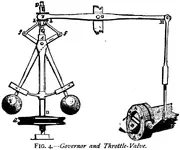Truth
Gold Member
I need help identifying these balls. All I can see is on the small one I can make out some writing “Monarch ball” The larger one I can make out “RATMA” and it also has screw grooves in that one. I found these I have no idea what they are. Thank you. The first one is large then medium and small














